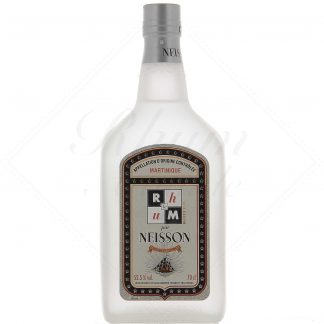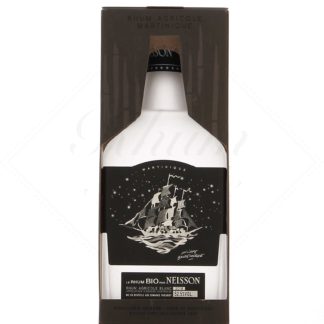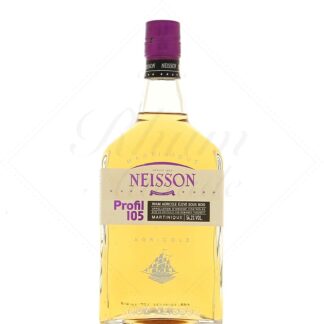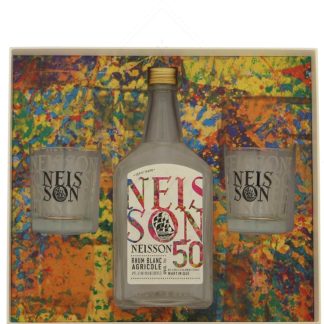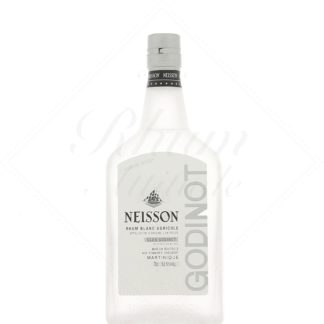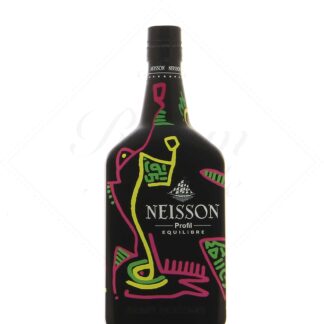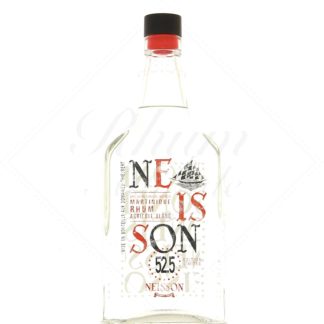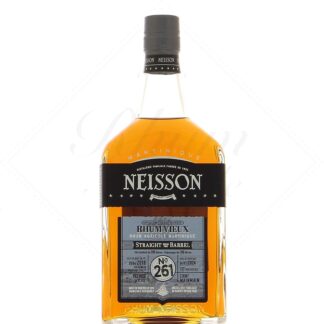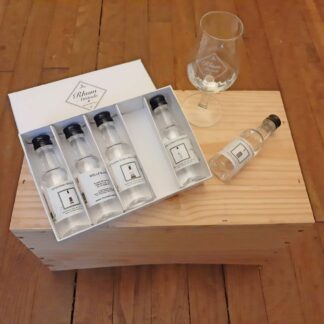Neisson

The history of Neisson rums
The Neisson distillery was founded in 1931 by two brothers from a family of Carbet merchants who had acquired the Thieubert dwelling. Located near Saint-Pierre, at the foot of Montagne Pelée, this 20-hectare parcel of sugarcane land enjoys particularly favorable conditions, both climatically and geologically. The rum quickly gained an excellent reputation on the island of Martinique.
Jean Neisson, the youngest son, was studying chemistry in Paris, so he set up an import-export company to sell his rums in mainland France. Soon, Neisson rums were enjoying the same success in France as in the West Indies. At the same time (1952), the famous Zépol Karé bottle was born, and a new copper Savalle column was installed at the distillery. This new distillation apparatus, modified and customized by Jean himself, marked a further leap in quality for Neisson rums.
Adrien, the youngest brother, died in 1971, and Jean passed away in 1986. The distillery was taken over by Jean's sister, assisted by the master distiller, but managing the production tools and marketing proved difficult, and the family business ran into serious difficulties.
When her aunt died, Jean's daughter Claudine Vernant-Neisson inherited the distillery in 1995. Not at all predestined for this profession, this great biologist and doctor nevertheless set about fulfilling her father's wish to bequeath the distillery to his grandson Grégory.
Grégory Vernant-Neisson also inherited this great house, as well as the passion and philosophy of his grandfather, whom he knew when he was very young, particularly with regard to respect for the terroir and agricultural practices that were already avant-garde for the time.
The takeover was nevertheless a difficult one, with production facilities in a poor state of repair and stocks of aged rums abandoned. Not only did we have to learn the trade, but we also had to invest heavily to restore satisfactory quality. Today, this objective has been largely surpassed, as Neisson rums are among the most famous and acclaimed agricultural rums in the world.
Neisson rum
Along with La Favorite, the Neisson distillery is one of the last two independent, family-run distilleries on Martinique. It accounts for barely 2% of the island's production, but holds an important place in the hearts of its inhabitants.
From the original 20 hectares of cane, the estate has gradually expanded to 49 today (including 4 hectares of organic production), making the distillery self-sufficient in raw materials.
The first Organic rum was born in 2016 after the start of land conversion in 2013, a further step towards true legitimization of the notion of terroir.
Neisson produces exclusively rhum agricole (made from pure cane juice) and presses its juice using a mill dating back to 1937. Fermentation takes place in stainless steel vats and can last up to 5 days, the maximum allowed by the Martinique AOC (120 hours), which is very long compared to most of its peers. Since 2011, an extensive research campaign has enabled him to work with his own yeast strains, in order to best reproduce the identity of his terroir.
Distillation is carried out by Grégory Vernant-Neisson himself, on the Savalle column installed and modified by his grandfather. The rum that flows out has a strength of 73°, it is then placed in stainless steel vats and assembled with distillates from previous years in order to maintain aromatic consistency from one year to the next. The white rum is slowly aerated and reduced before being bottled.
For a long time, aged rums were matured in the "traditional" way, in ex-Bourbon and Cognac casks ranging from 180 to 650 liters. However, these casks are gradually being replaced by new casks specially designed for Neisson, using French and American oak and carefully selected grains and toast. The ultimate aim is to have casks dedicated solely to rum.
The range of Neisson rums is vast, from the classic 52.5% white rum and its organic version, to the 21-year-old, a veritable technical feat, as well as the brut de colonne L'esprit de Neisson (which also exists in organic), the vieux, the XO, and some incredible vintages. Read less
